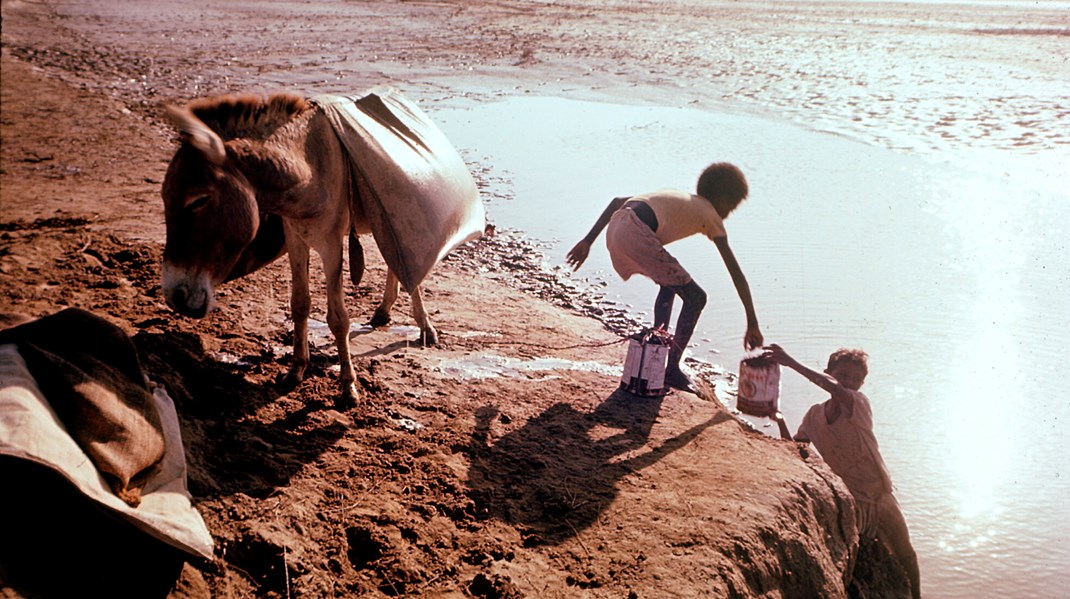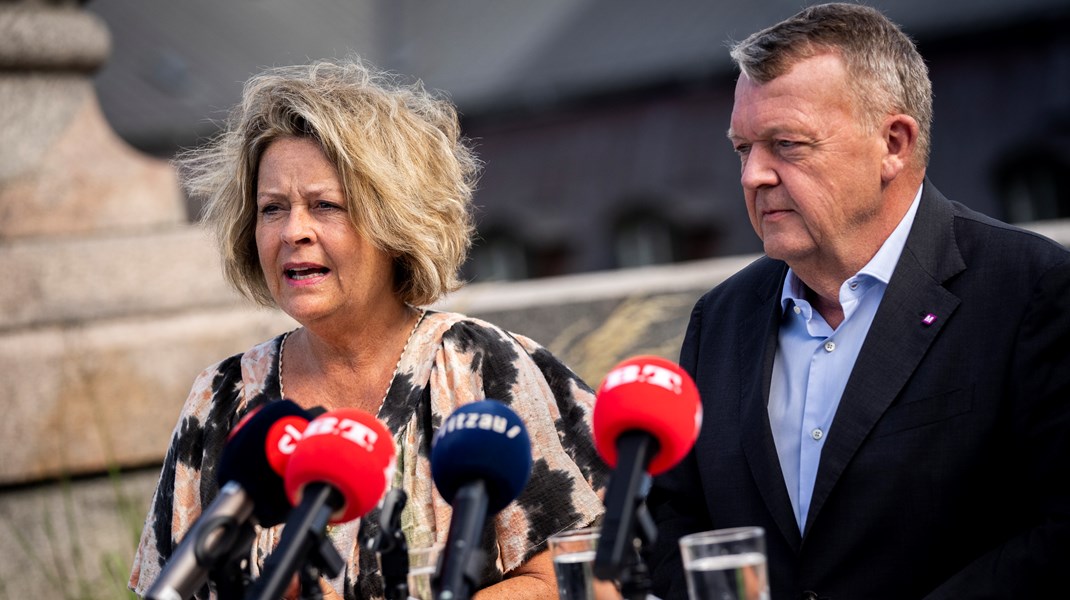Unite to End TB by properly financing care, urges WHO
MANILA, 24 MARCH 2017 - On World TB Day, the World Health Organization is putting the spotlight on the need to ensure that vulnerable groups that are hardest hit by tuberculosis (TB) have access to quality life-saving treatment and care.
“We must step up action to make TB treatment and care affordable and accessible to everyone who needs it, or we will simply not be able to stop TB,” said Dr Shin Young-Soo, WHO Regional Director for the Western Pacific.
"While TB can strike anyone, the disease mostly affects poor and marginalized groups, especially migrants and people with other health issues that weaken their immunity, such as HIV and diabetes," added Dr Shin.
Life in slums and overcrowded housing is especially conducive to spreading the disease, which can be transmitted by coughing, sneezing or spitting. Experts estimate that one person with untreated infectious TB can infect up to 15 people a year in close quarters.
The disease often creates a spiral of poverty. Patients with TB may lose a significant proportion of their income partly due to physical weakness but more importantly due stigma and discrimination to continue their jobs. Three out of four end up taking out loans to pay for treatment. Half report selling household items. Most say they also tap relatives for support, an expense that too often pushes entire families into extreme poverty.
Overall, the patient financial burden is greatest on the poor and those with multidrug-resistant TB (MDR-TB), which requires longer and costlier treatment. The financial burden bankrupts many families and can derail governments' larger development goals.
Ensuring access to quality and affordable health services will protect families from health-care related impoverishment and lower barriers to diagnosis and treatment by reducing direct medical costs for patients.
"When people are fighting for their life with TB, they should not have to worry about financial hardship for them and their family too," said Dr Shin.
What is tuberculosis?
A preventable and curable disease, TB is caused by the bacterium Mycobacterium tuberculosis, which most often affects the lungs. The disease is spread from person to person through the air. When people with lung TB cough or sneeze, they propel the TB germs into the air.
A person becomes infected by breathing in these germs. These germs can remain in the air for six hours, which is a particular threat in crowded and poorly ventilated areas. Common symptoms of active lung TB are cough with sputum and blood at times, chest pain, weakness, weight loss, fever and night sweats. The symptoms of active TB may be mild for many months, which can lead to delays in seeking care and possible transmission to others.
In 2015, TB was one of the top 10 causes of death worldwide, overtaking HIV/AIDS as a leading cause of death by an infectious disease. In the Western Pacific Region, 1.6 million people are estimated to have this highly contagious but preventable disease.
While significant progress in diagnosis and treatment of sensitive TB cases has been made, many MDR-TB cases remain undiagnosed and untreated. The Western Pacific Region accounts for 17% of global MDR-TB cases.
WHO response
WHO in the Western Pacific supports Member States to adopt and implement the WHO's "End TB Strategy." As part of effort to measure the progress, countries are conducting surveys to estimate the financial burden of TB patients in each country context. The results will help assess the magnitude of issue and identify the ways to provide better financial and social protection for TB patients and families to break the spiral of poverty.
In addressing TB, WHO:
- Provides global leadership on matters critical to TB;
- Develops evidence-based policies, strategies and standards for TB prevention, care and control, and monitors their implementation;
- Provides technical support to Member States, catalyzes change, and builds sustainable capacity; Monitors the global TB situation, and measures progress in TB care, control, and financing;
- Shapes the TB research agenda and stimulates the production, translation and dissemination of valuable knowledge; and
- Facilitates and engages in partnerships for TB action.
The WHO "End TB Strategy" is a blueprint for countries to end the TB epidemic by driving down TB deaths, incidence and eliminating catastrophic costs. It outlines global impact targets to reduce TB deaths by 90%, to reduce new cases by 80% between 2015 and 2030, and to ensure that no family is burdened with catastrophic health costs.
For further information, please contact:
Mr Ruel E. Serrano
Public Information Office
Telephone: +632 528 9993
Email: [email protected]


